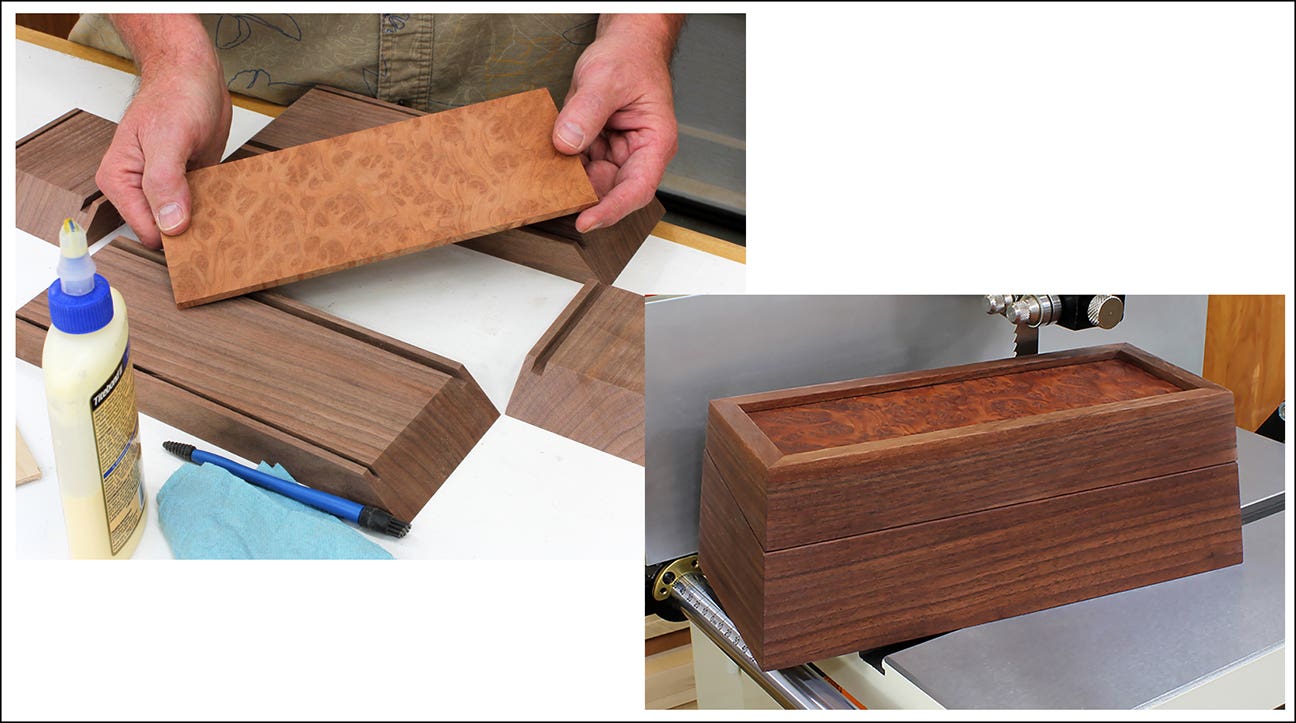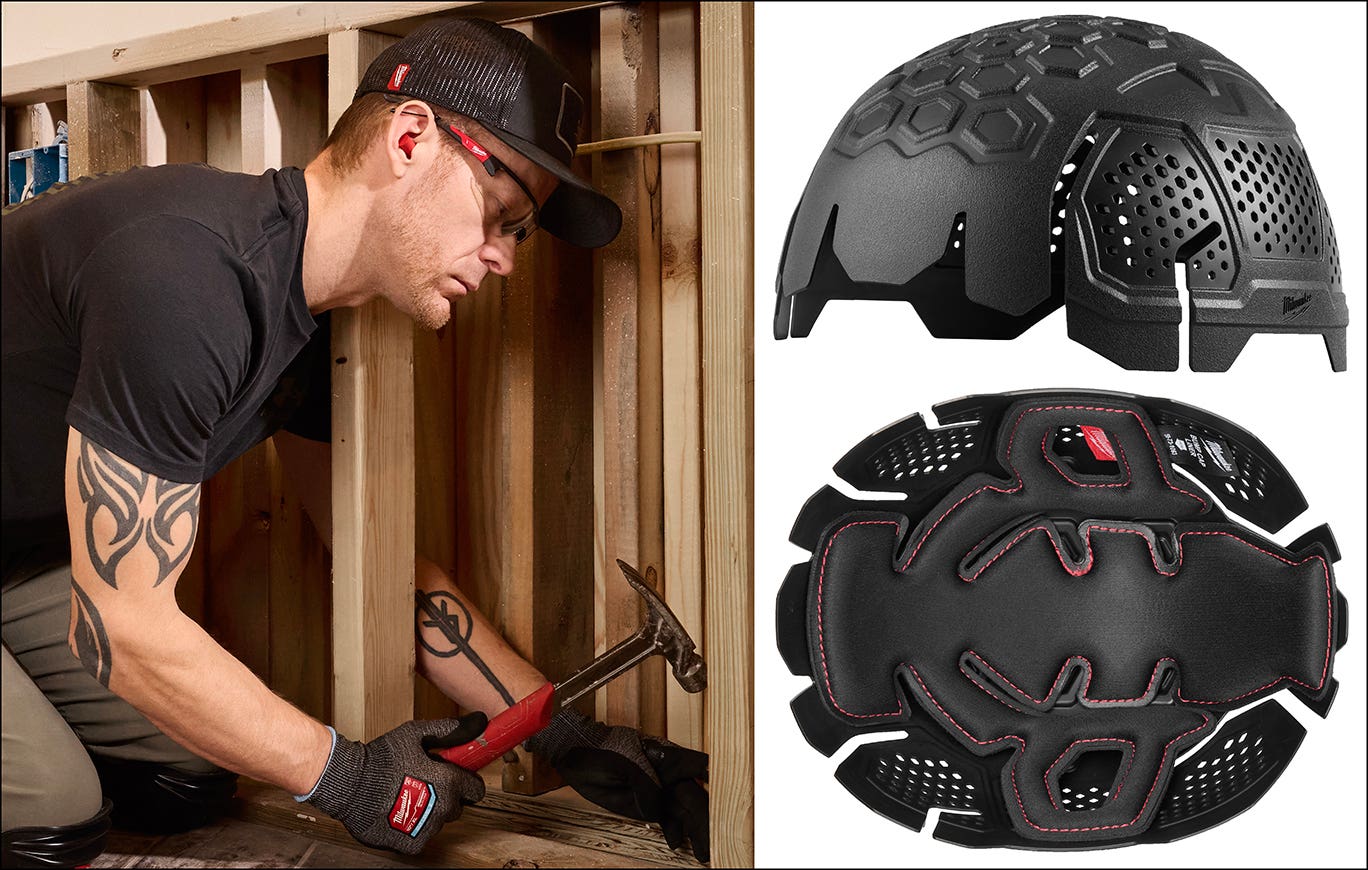Picture-perfect settings spruce up your work
The proper presentation of a fine painting is considered a critical specialty in itself. In other words, the right frame in the right room, gallery or museum setting can enhance…
The proper presentation of a fine painting is considered a critical specialty in itself. In other words, the right frame in the right room, gallery or museum setting can enhance the viewer’s experience, while more effectively conveying the artist’s intention. The same can apply to furniture. Viewers and potential customers of fine furniture can have difficulty appreciating a piece and visualizing how it might look in a real-life room setting, so it helps to give them a little nudge.
Finding a great location
Great museums, such as Winterthur, display their masterpieces in carefully constructed period room settings, placing the work in its proper context. The same idea can also be applied to furniture. A beautifully made piece carelessly photographed against a shop backdrop with dangling electrical cords, distracting signs, industrial machines in loud colors, disorganized storage bins and piles of debris will detract from the work. By placing the piece in a sympathetic setting, it might come alive, stirring the viewer’s imagination and possibly resulting in a sale.
But what if the room or space isn’t available for a shoot or it’s a public space? Maybe the location is too remote and transporting the piece isn’t practical. I would have loved to shoot my card table in the Oval Office, but the President probably had better things to do. Sometimes I’ll hear about the perfect location, only to discover the room’s walls papered in a garish print and the floor covered by a shag carpet.
A common alternative is the seamless backdrop: a large roll of a neutral-colored paper that isolates the work from all distractions and provides a measure of control over lighting. But it also deprives the piece of any recognizable scale or context.
Creating a backdrop
Another way to showcase furniture is to create an artificial background. I first started designing and fabricating backdrops for my book, “Building Fireplace Mantels” (Taunton 2002). The book consisted of 10 mantels, each done in a different style. The original plan was to scout real-life locations, build and install the mantels, and shoot the photos. However, matching a mantel design to an actual room and obtaining an owner’s approval was nearly impossible. So I decided to design and build three different sets, each offering a slightly different physical layout. Depending on the mantel design, I customized each set with wallpaper, paint, wainscoting, floor treatment and accessories.
At the Philadelphia Furniture Workshop, I’ve been designing and constructing compact, knock-down backdrops to photograph projects for the school’s website. I didn’t always go to the trouble. Early on I used simple backdrops or actual locations, but then we decided to conduct a Federal-period card table workshop and I thought it would get a stronger response from potential students if the table was photographed against a period backdrop. I could have dragged it to any of a dozen historic homes in the area. But even when the location is right, you have to deal with access, placement of the piece in a specific spot, lighting, time limitations and styling the shot with props. In the shop, against a fabricated backdrop, I could better manage the shoot and obtain the desired results. The response to the card-table shot was immediate and strong, and the class filled almost immediately.
Since then I’ve built several different backdrops depicting 18th century (with toile wallpaper); 19th century Arts & Crafts; spare and modern, and light industrial settings. I enjoy building these sets and shooting the photos. You’re forced to be creative, but you often come up with something unusual and striking.
I’ve constructed a pair of L-shaped braces from 2x4s and shop scrap. One part of the “L” is screwed to the floor; the other supports the wall. This design allows me to erect the setup anywhere in the shop and quickly break it down for storage. We’ve devoted a small area for these backdrops, where they are stored on edge and against the wall, taking up very little space.
Start small
It’s a good idea to begin with a small piece like a chair or chest instead of a large dining table. A project that hangs on a wall will require a backdrop with more height than width. Likewise, a table or chair set on the floor might benefit from horizontal orientation.
Build it only as large as you have to. The images with this article reveal the common shop chaos just beyond the borders of the backdrop. No problem. Take your shots, then crop the image. Looking at the final cropped shot, anyone would think it was taken in some lovely period home.
Sources
Once you decide on a period, do a little research. I’ll usually find my inspiration in a book, but have also used the Internet.
Wallpaper is particularly effective at evoking an historical or period feeling, so I frequently search for attractive patterns online. One of my favorite sources is www.discount decorating.com, which offers a huge range of traditional and contemporary patterns at reasonable prices. If a painted wall is more suitable, most paint stores have several historical palettes, sometimes called the “Williamsburg Collection” or “Traditional Selection.” These color selections are often copied from actual historic sites.
Props
Good props will suggest a lived-in look. For example, placing a pair of antique eye glasses next to a leather-bound book on a table creates the feeling that someone has momentarily stepped out of the picture and might return shortly. For my card-table photo, I placed a small reproduction Chinese bowl between a pair of simple pewter candlesticks.
Since I don’t have an extensive collection of props, I frequently impose on friends to lend me an Oriental carpet, a set of antique dominos or a crystal decanter. My friends now cringe when I compliment them on a painting or lamp, fearing I might borrow it for my next shoot.
Lighting
I own a professional light kit, but prefer using natural light for my photos. Artificial lighting can provide a more even light that will better reveal details of the piece and avoid any deep shadows. However, an image using only natural light looks more realistic; the way one might view the piece walking into a room with some parts in shadow and slightly obscured. Daylight creates a natural atmosphere and a more believable image.
Mario Rodriguez has more than 30 years of experience as a woodworker, teacher and writer. He’s on the faculty at the Philadelphia Furniture Workshop, which is both a teaching facility and a working shop.
This article originally appeared in the April 2012 issue.






